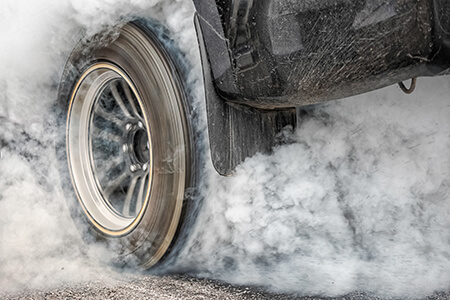This is a lesson summary. The full lesson can be viewed by purchasing an online course subscription.
Learning Objective
In this lesson we will learn what energy is and look at the two main categories of energy. We will also learn how energy can move between objects and be converted into different forms.
Learning Outcomes
By the end of this lesson you will be able to:
- Define ‘energy’.
- Name the units for measuring energy.
- Differentiate between kinetic energy and potential energy.
- Describe the total energy of an object.
- Differentiate between energy transfer and energy transformation.
- Describe the law of conservation of energy.
- Explain why energy transfers and transformations are not 100% efficient.

(Image: toa555, Adobe Stock)
Lesson Summary
- Energy is defined as the ability to do work.
- Energy has no mass and cannot be observed, but it can be quantified based on how much work is being done or could potentially be done.
- Energy is measured in joules, which have the symbol J.
- The two main categories of energy are kinetic energy and potential energy.
- Kinetic energy is active energy that involves some type of movement.
- It includes mechanical kinetic energy, thermal energy (heat), radiant energy (radiation), sound energy and electrical kinetic energy.
- Kinetic energy is directly usable and measurable.
- Potential energy is inactive energy that involves some type of energy storage.
- It includes gravitational potential energy, elastic potential energy, electrical potential energy, chemical energy and nuclear energy.
- Potential energy is only usable and measurable once it is converted into kinetic energy.
- All objects possess several forms of energy.
- The total energy of an object is the sum of all the kinetic and potential energy it contains.
- Energy transfer is the movement of the same type of energy from one location to another.
- Energy transformation is the conversion of energy from one form into another.
- The law of conservation of energy states that energy cannot be created or destroyed.
- Whenever energy is transferred or transformed, some energy is converted into heat energy.
- This means that the transfer and transformation of energy is not 100% efficient.

(Image: Cavan for Adobe, Adobe Stock)
(Header image: Adrian Martinez ph, Adobe Stock)
